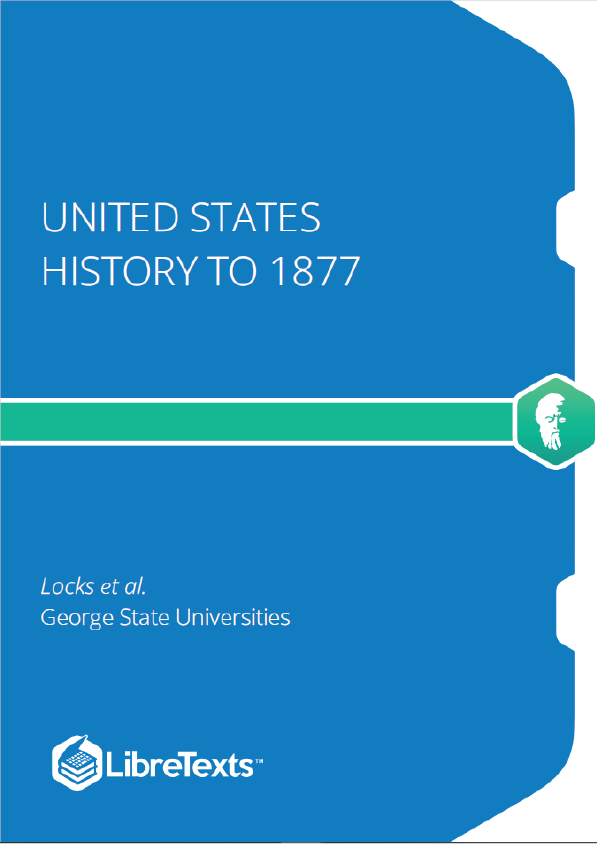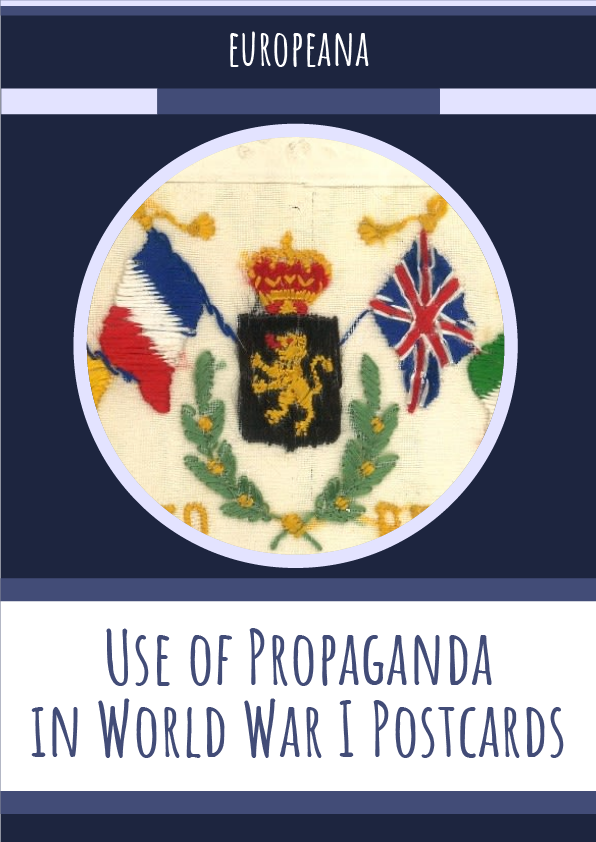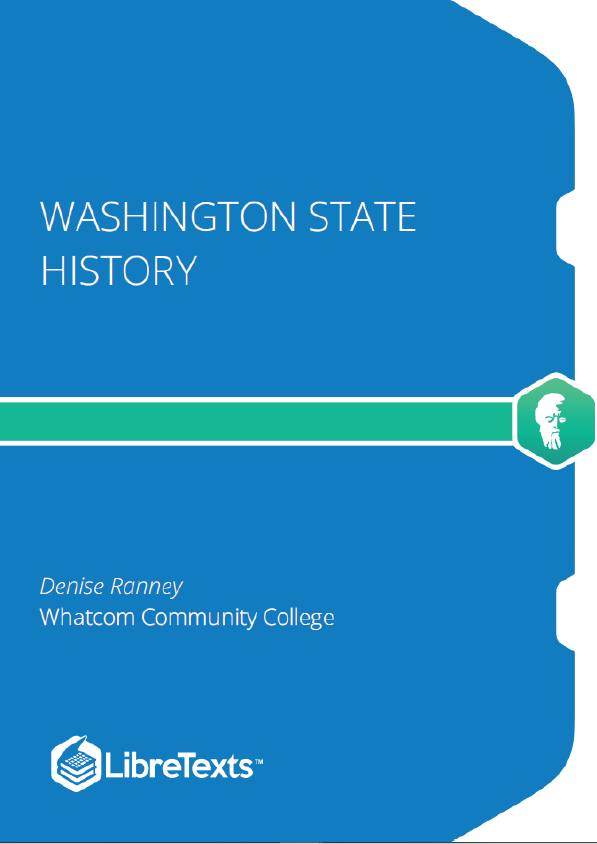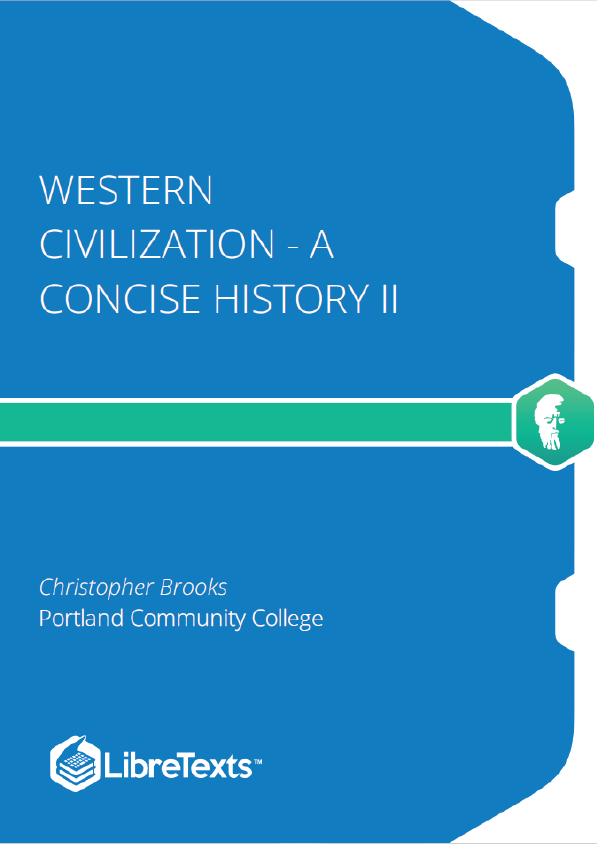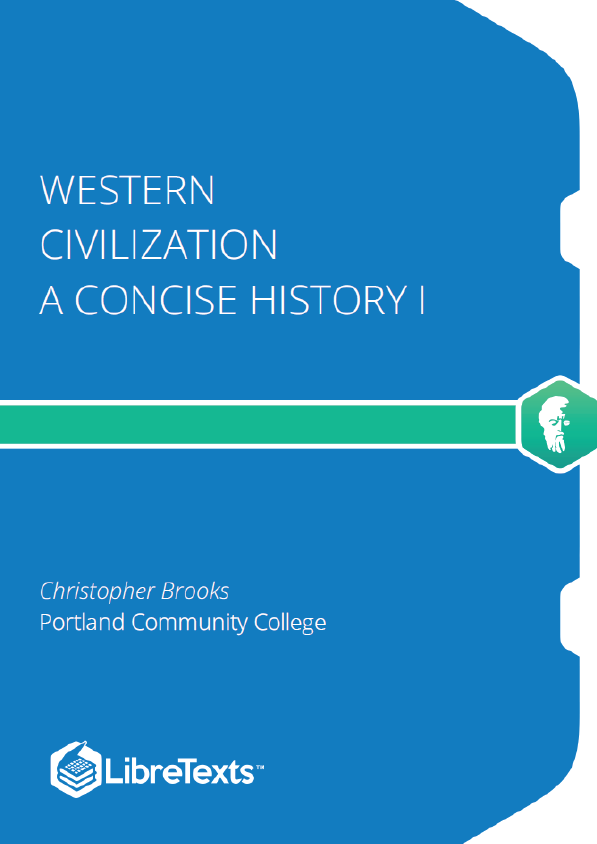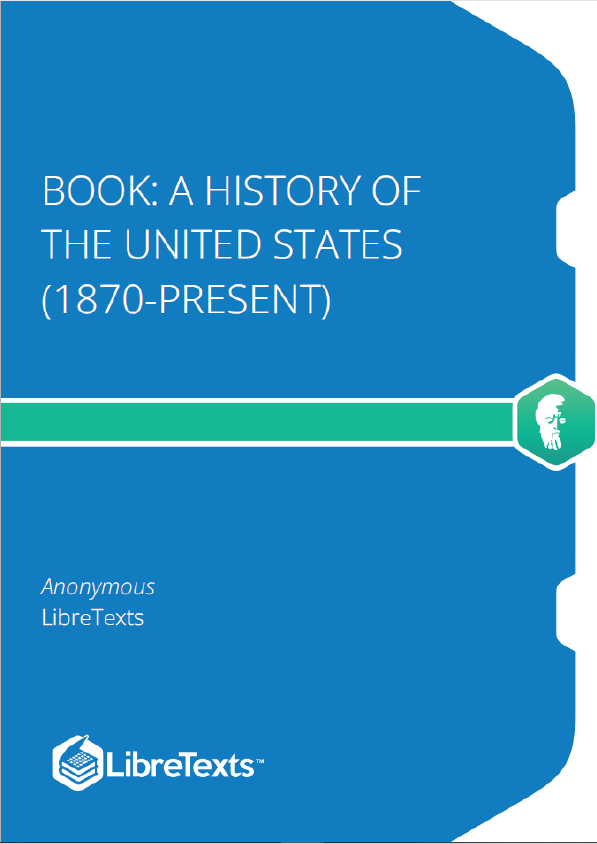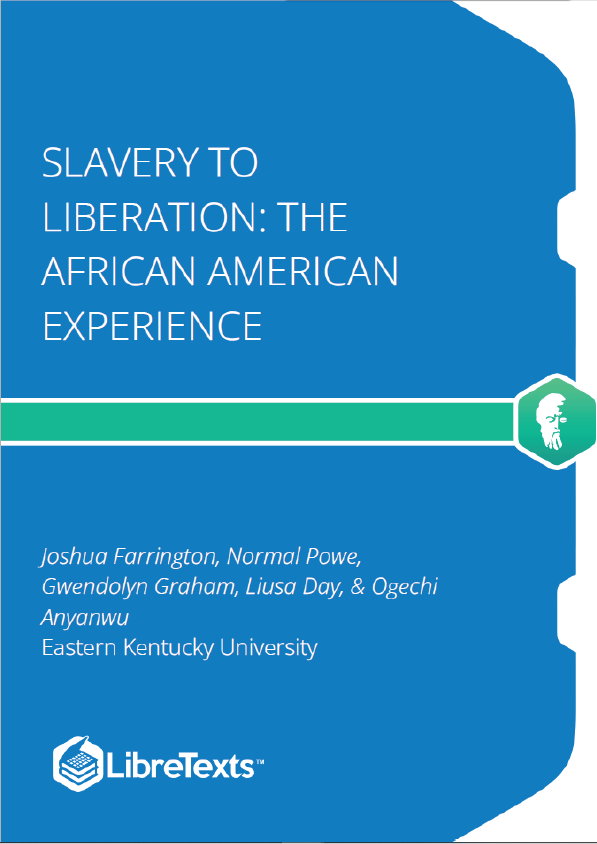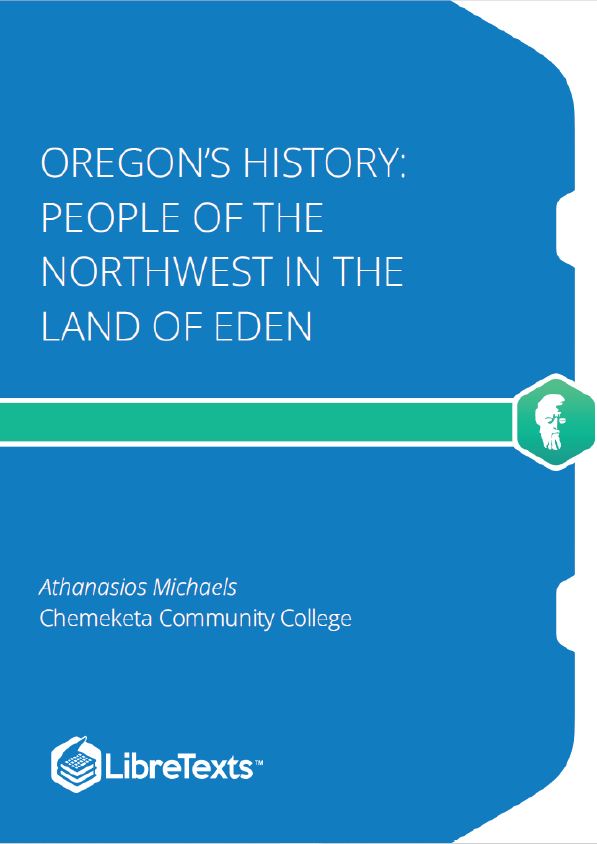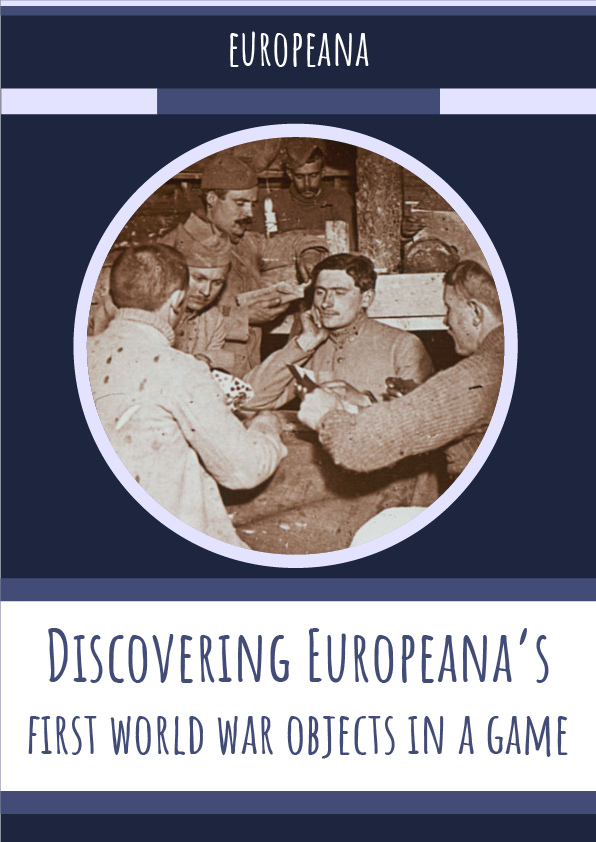When Columbus first encountered the Western hemisphere in 1492, it was inhabited by millions of people. Establishing a firm estimate of the population is troublesome; often such estimates are tinged with the ideological viewpoints of the authors, their cultures of origin, and the eras in which they wrote. Until recent decades, historians and scientists tended to make very low estimates of native populations, as conventional wisdom held that “inferior” indigenous peoples could not sustain the same kinds of dense populations as Europeans. More recently, estimates have soared for a variety of reasons; for example, some scholars speculate that estimates of population have become too inflated because of the desire to emphasize the devastation that European contact caused to the indigenous population.
Current estimates hold that as much as a fifth of the world’s population—43-65 million people—inhabited the Western hemisphere at contact. Estimates of the North American population (excluding Mexico) vary from a low of seven million to a high of eighteen million people.
A great deal of cultural diversity existed amongst this population; hundreds of groups spoke hundreds of languages, organized their society in a myriad of social and political ways, enacted innumerable rituals, and worshiped a multitude of gods.
Another problem we face in examining this early period in U.S. history is one of nomenclature. What do we call the indigenous peoples of the Americas? Every term has its advantages and flaws. Some terms have been dismissed as racist (Red Indian); others have become outdated (Eskimo). Some view terms like Native American or First Peoples (the preferred term in Canada) as so politically correct that they are meaningless. Terms like aboriginal and indigenous assert a global identity for native peoples. However, the term aboriginal has become so closely associated with Australian Aborigines that it seems to exclude others. Moreover, while the notion of a global identity for indigenous peoples is useful in some instances, it is far too broad an idea to be useful in others. In the U.S., many use the term “Native American,” which first came into use in the 1980s as a means to indicate their primacy as the first peoples of the land. In general, the preference of native peoples is to self-identify as their own tribal affinity: Chickasaw, Ojibwa, Arapaho, etc. In terms of a larger, overarching term for the group as a whole, a 1995 survey of native peoples in the United States indicates that the first preference in nomenclature for native peoples is Indian. For this reason, this term will be preferred here.
1.2.1: Origin Stories
Indigenous people throughout the Western hemisphere talk of their origins as a people in oral histories, stories, and myths that link them intimately to the places they inhabit. The land, the stories commonly assert, was made for “the people,” and they were made to inhabit the land. Every group has an origin story, and they vary widely and are unique to the group. Sometimes, groups have multiple origin stories that tell differing versions of creation and the founding of the group. Origin stories often begin with a “First Person” (or First Peoples), a mythical man or woman who founded the group. These First People often are created from, or emerge from, the natural world itself. The first Iroquois fell from the sky; the first Lakota emerged from underground; the first Maya were created from corn. Sometimes, animals appear in origin stories as agents of creation. For example, in the Cherokee creation story, Water-Beetle dives deep into the ocean and brings up the mud that forms the earth. Buzzard then flies over the land, shaping it into mountains and valleys with the beat of his wings. These origin stories explained and shaped the worldview of each group, establishing their people’s purpose in this world as well as their relationship to the gods and the world around them. In other words, origin stories are key to establishing a group identity and a deep connection with the region the people inhabit.
